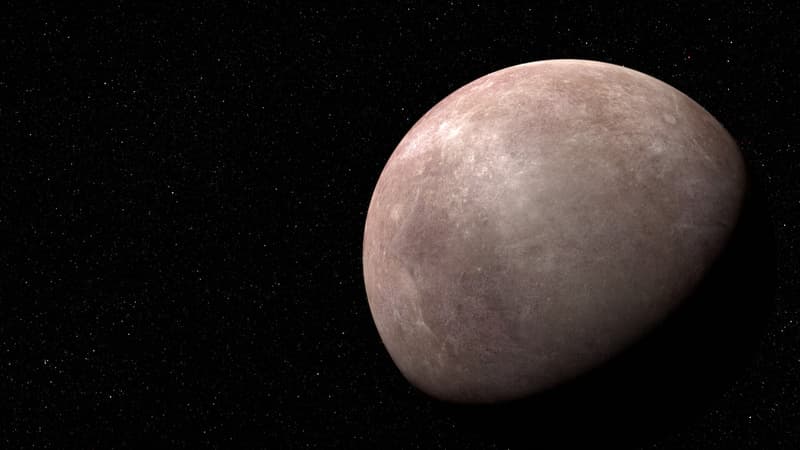To infinity and beyond! Data captured by the James Webb telescope have led to a new discovery, the European Space Agency (ESA) announced Wednesday. In fact, scientists have confirmed the presence of an exoplanet, for the first time since the telescope was launched.
Named “LHS 475b”, this new exoplanet, present in the constellation Octans, 41 light-years away, resembles our ancient Earth, since their diameters are 99% identical, explains the ESA press release. .
An exoplanet that looks like Venus?
But LHS 475b and Earth are very different. The exoplanet confirmed by James Webb’s data is much closer to its star than Earth is to the Sun: it completes its orbit in just two days.
LHS 475b is also “a few hundred degrees warmer.” “If clouds are detected, scientists could conclude that the planet is more like Venus,” says Jacob Lustig-Yaeger of Johns Hopkins University, quoted by ESA.
Also, because its red dwarf star is much cooler than our Sun, LHS 475b could have an atmosphere. A question that scientists will be analyzing in the coming months, hoping to find an answer this summer.
Source: BFM TV


